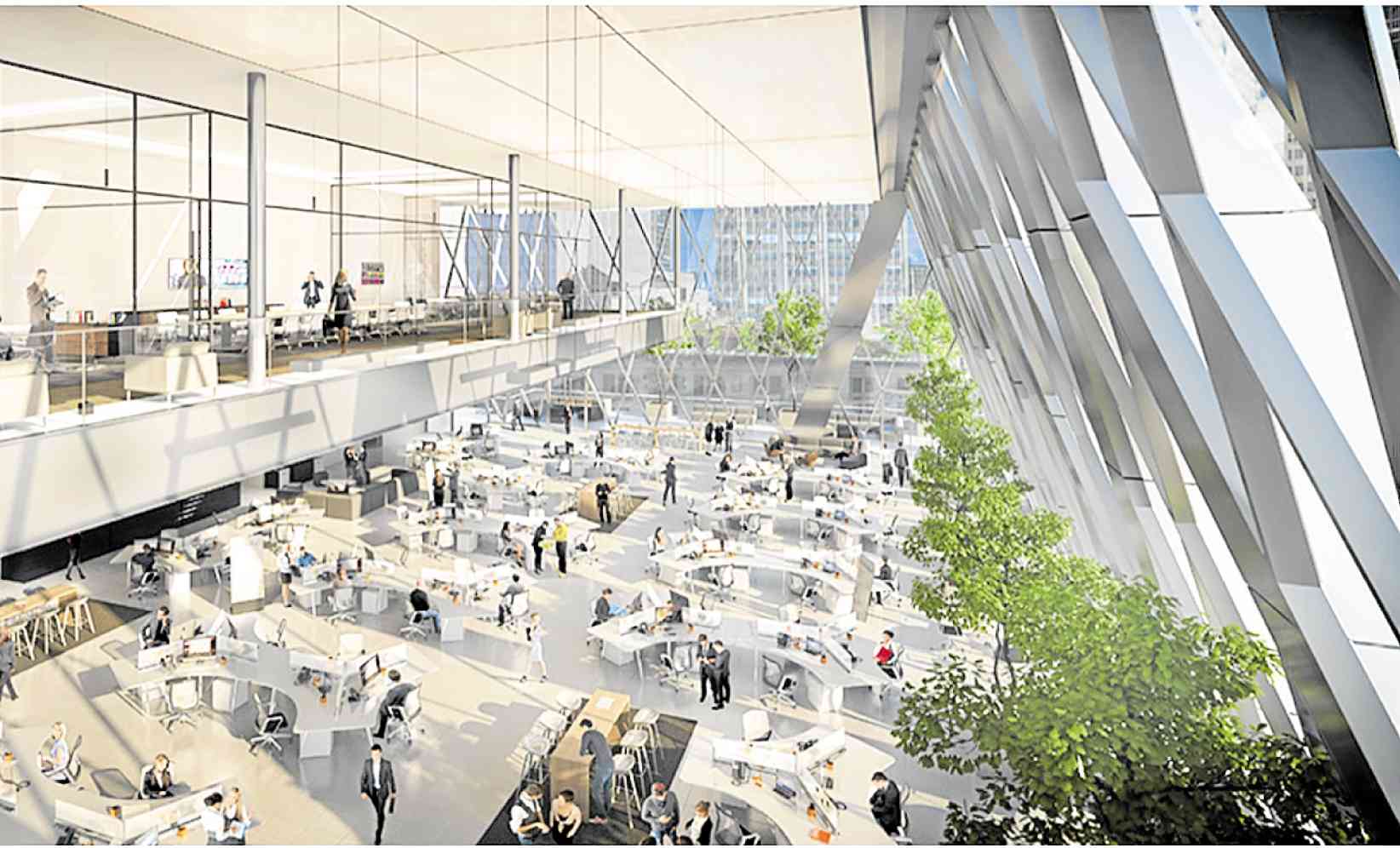Who’s afraid of the Ghost Month?

The simplicity of Scandinavian aesthetics is hinged on the concept of “Hygge,” that of well-being, promoted by the presence of warmth and comfort. —PHOTO COURTESY OF DWELL MAGAZINE
At work on a normal day, the approach to August or September is when we are usually rushing to get projects completed at worksites, or for our clients to somehow get started with some kind of ritual in order to be “allowed” to continue throughout the days when all is supposed to be quiet. After all, souls will be roaming the city and we don’t want to call their attention. It’s the coming of the “Ghost Month.”
The origins of the Ghost Month and the Hungry Ghost Festival are quite vague, although it is thought that they are rooted in China’s indigenous Taoist beliefs, and later blended with Buddhist understandings of the afterlife.
Ghost Month commences on the 15th day of the seventh month of the Lunar Calendar. This year, that would be Aug. 19 to Sept. 16. On this day, souls of the dearly departed ancestors break loose from the confines of hell and come up to this earthly dimension to roam the world and visit members of their families. It is said that they are hungry ghosts, wanting to partake of the earthly pleasures of dining. They are mischievous, too, waiting to play tricks to those they fancy. Or they could be vindictive and punishing, bringing harm to those they deem as transgressors.
The thought of ghosts walking among us during this period can be disturbing, like having the witching-hour happening all of our 24 hours. But the belief in ghosts occurs in all cultures and traditions, with recordings dating all the way back to ancient times when even prominent people in lofty positions of society professed to witness ghostly apparitions, at the risk of being ridiculed.

Large void spaces like this office anchor tenant’s light-filled workspace in Foster and Associates’ 425 Park Avenue in New York, promotes the flow of chi.
It is no surprise that most ghost stories happen in places or locations that have become quite the cliché for hauntings: old structures, dark spaces, winding staircases, shadowy hallways—all visually harboring negative energies, possibly even attracting entities from other dimensions. But we live in modern times and within urban settings that surely can’t have spirits lurking. Aren’t our shiny, polished, glass-clad modern buildings exempt from ghostly invasions? Likely not, but if you believe in the concept of Chi, then you could be off to a good start.
Some basic feng shui principles promote rhythm and balance between spaces and their surroundings, warding off undesirable energies. The most important point is harnessing the “chi” or the life force, the invigorating life-giving energy. The concept of life force is present in many cultures, and is essential in cultivating life-giving energy in spaces. The flow of wind and water (feng shui is literally “wind-water’) contribute to the healthy movement of air, as they not only replenish oxygen, but provide us with negative ions—those negatively charged molecules, when inhaled, create bio-chemical reactions in our bodies that increase our energy and help relieve stress. Allowing for naturally moving air and cross-ventilation increases the chi.
Sunlight is also essential, providing our bodies with nourishing light spectrum like the essential blue light for your circadian rhythm, and yes, your Vitamin D. Skylights and large windows with no reflective tints can help bring in those healthy sunrays. Sunlight helps kill molds and mildew, keeping air cleaner for breathing. Not enough windows? Then keep your wall and floors painted or blanketed in light tones. It also works extremely well during these months of the gloomy rainy season.
If you are planning for a new space, keep the largest areas central, as they connect breezeways for the flow of chi. Locating the largest wall openings at opposite ends to catch the natural flow of our monsoon winds and allowing it to traverse through the inside of our spaces is the best way to harness the winds. And when you decorate, keep it natural: fresh fruits, ornamental vegetables (yes, like pumpkin flowers) and decorative plants, with other accessories in timber and stone finishes, all with varied yet subtle textures, pleasing and soothing to the eyes and to the touch. Humanize your spaces by displaying photos of your loved ones. Good memories elicit positive feelings and are good for your well-being.

John Pawson’s mastery of light shines through in this feel-good guest room of The Jaffa Hotel in Tel-Aviv.
Arrange your furniture and furnishings so that even your body can move effortlessly from space to space, and create enough void for it to occupy. The Japanese have a term for this: “Ma,” or the spaces they define as the emptiness between one thing and another, or that space where light and air flow through. Ma’s character, as symbolized in the kanji, is a doorway and sunlight combined. Like a plant that needs light and air, it is the space we humans occupy where we can flourish and grow.
Good chi ultimately, not only rids us of the old, worn and dreary physical aspects of our spaces, but it also works on our internal mental and emotional spaces as well. When we feel good inside, that energy radiates outside and is expressed in our surroundings, somewhat creating a feedback loop between our sentiments and the spaces around us.
So while many don’t look forward to the days of the Ghost Month, perhaps a shift in our mindset can change the way we welcome the spirits into our spaces. There may be no need to suddenly bring out happy photos or images of our ancestors, or fill the dining table with fruits, or bathe our spaces in light. Maybe we should have always been doing that, for it is also likely that our ghostly ancestors have always been around, but have been well-behaved in the presence of the good life-force.

Kengo Kuma designs for a furniture manufacturer’s studio, with his trademark spaces filled with ma, or those voids we occupy as we get from point A to B, that allow us to experience and enjoy spaces in all their emptiness.